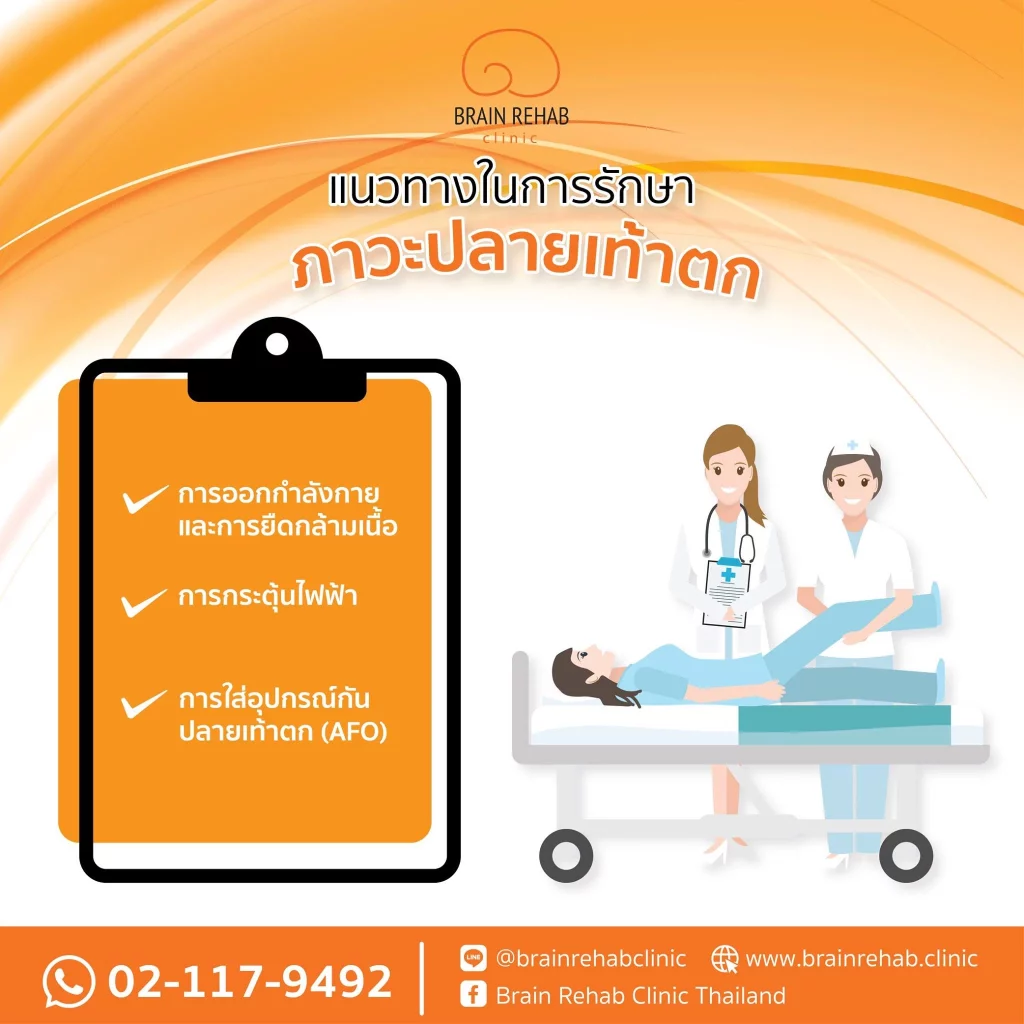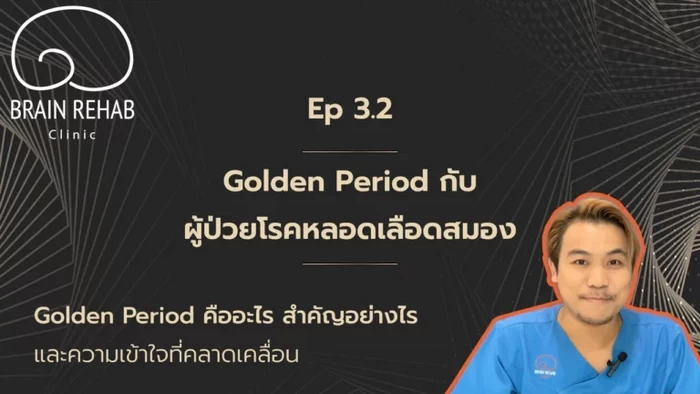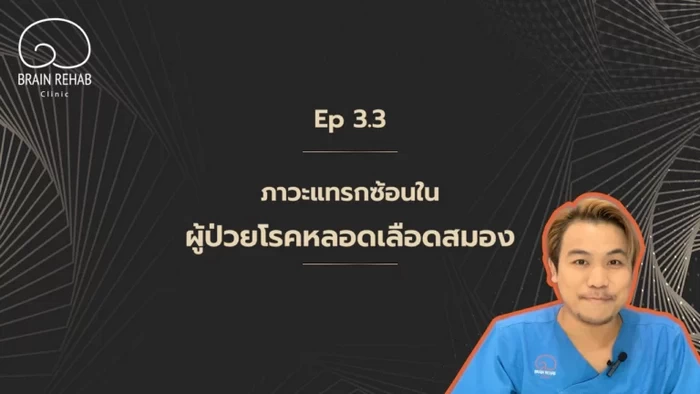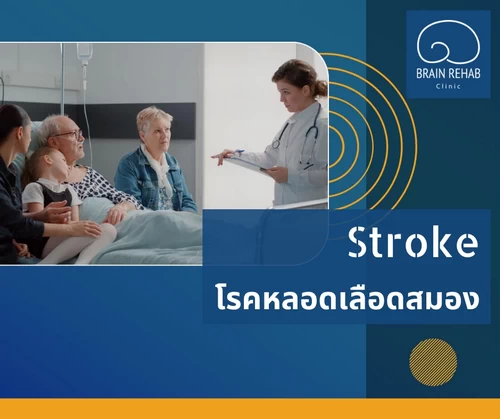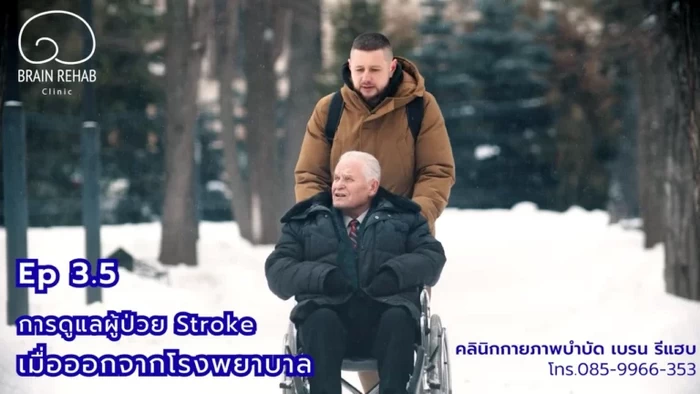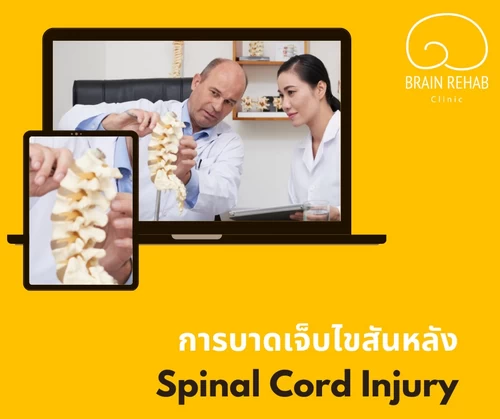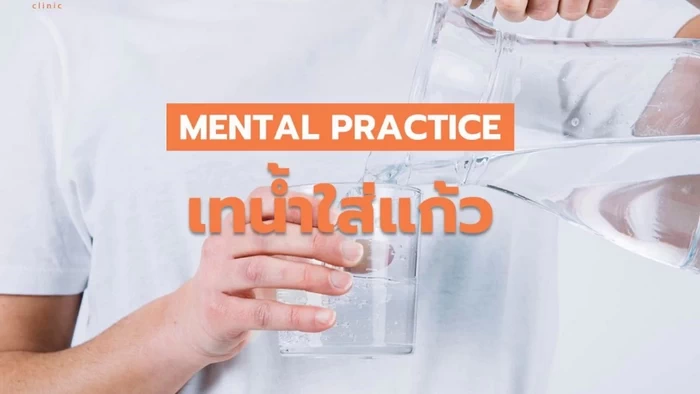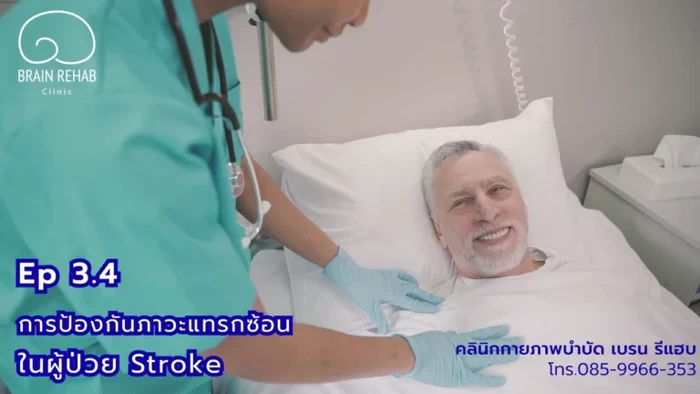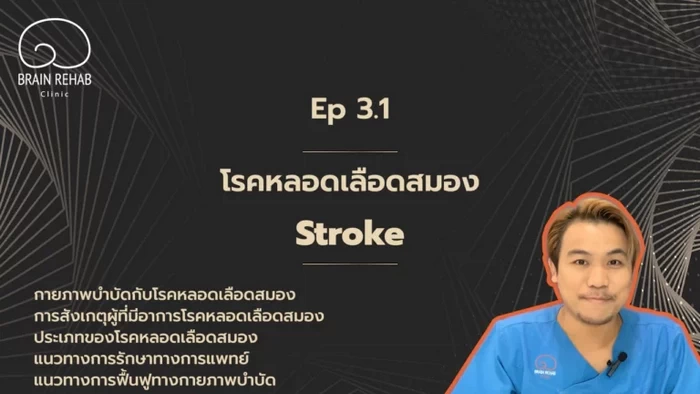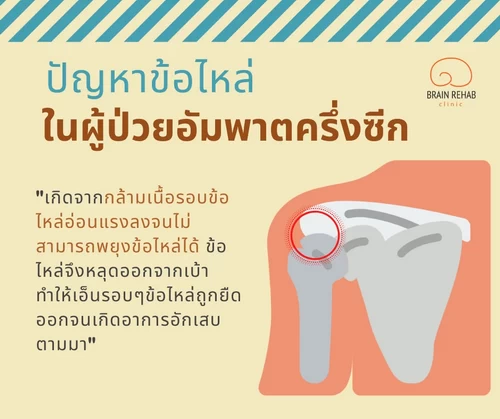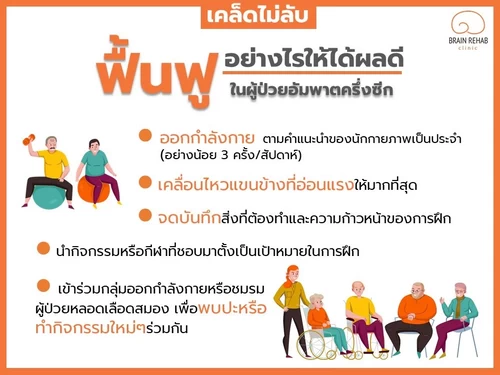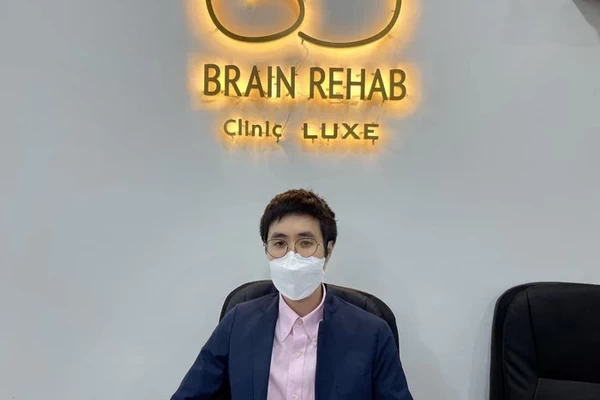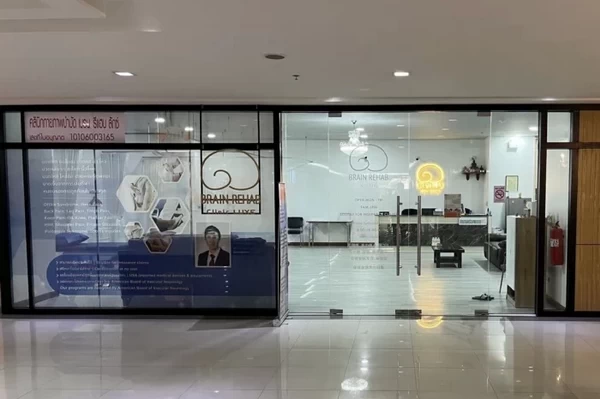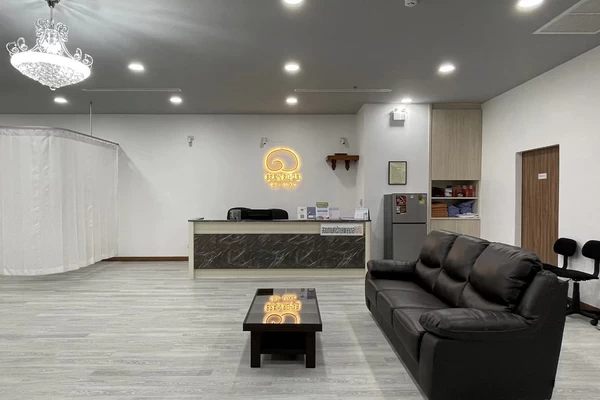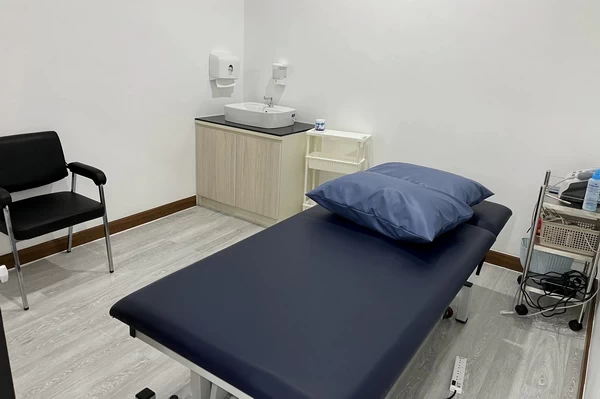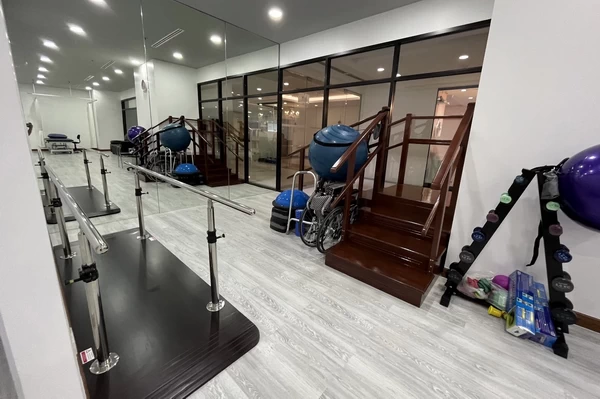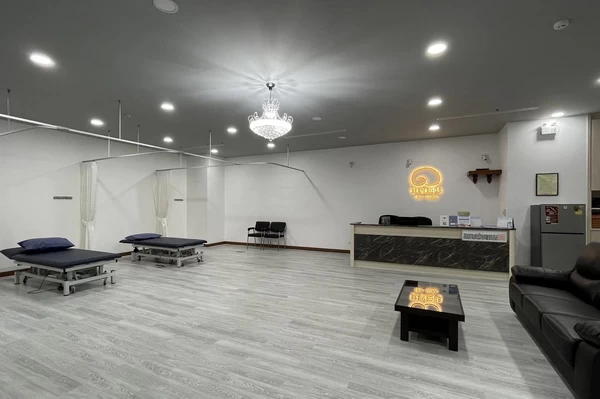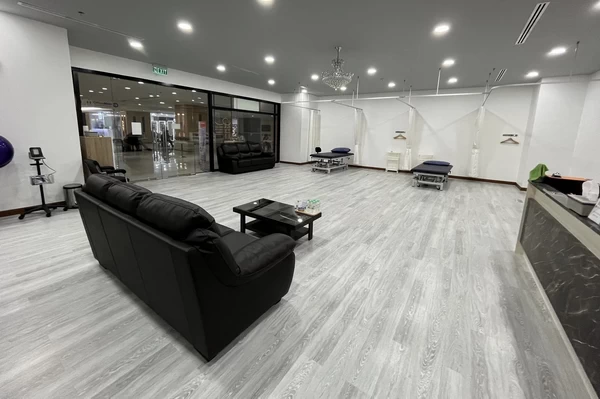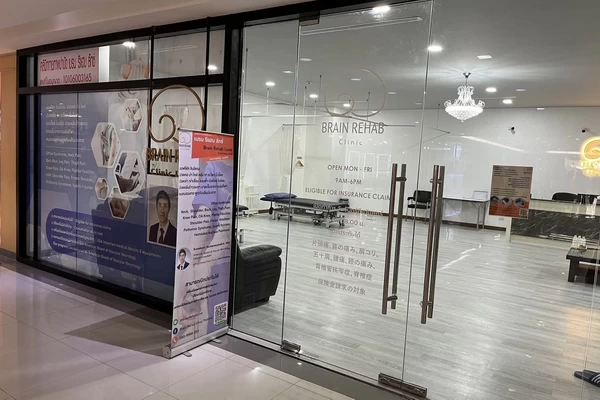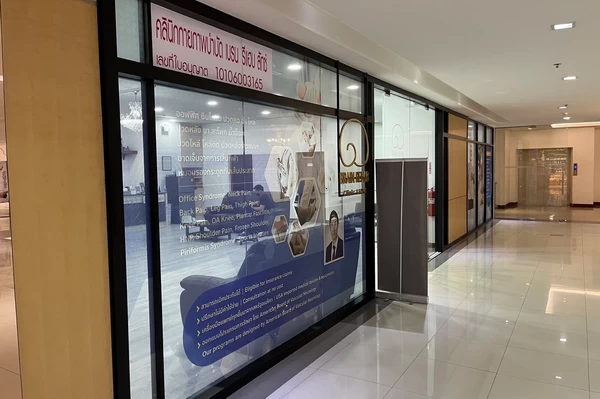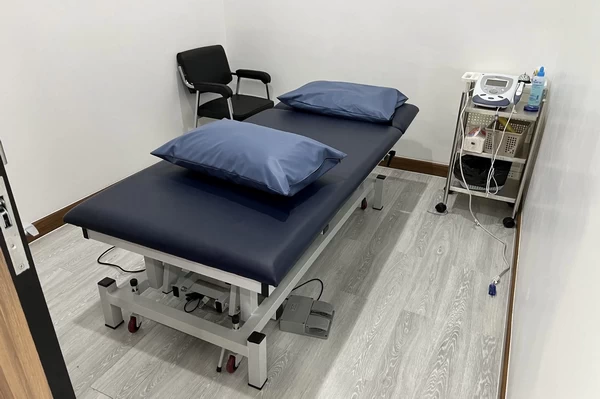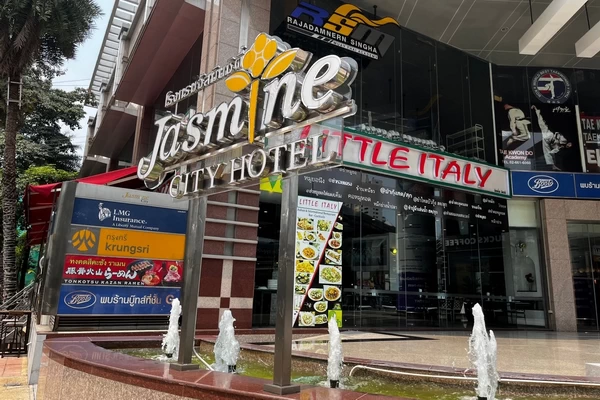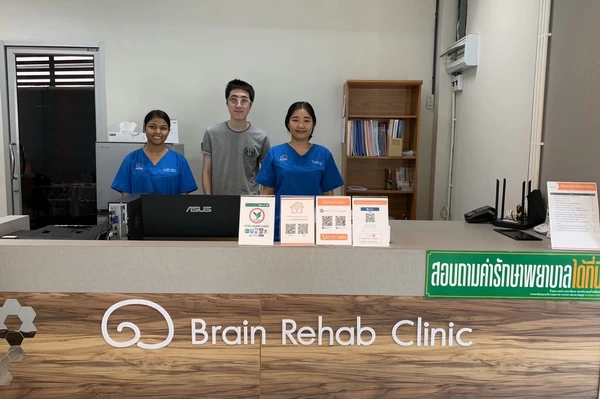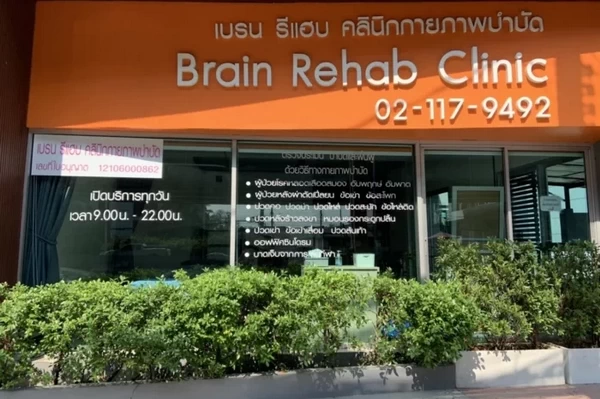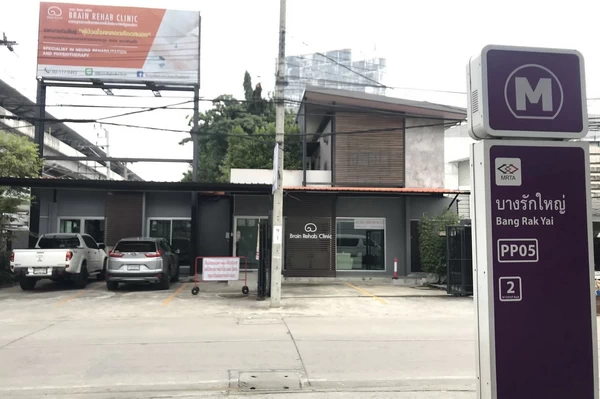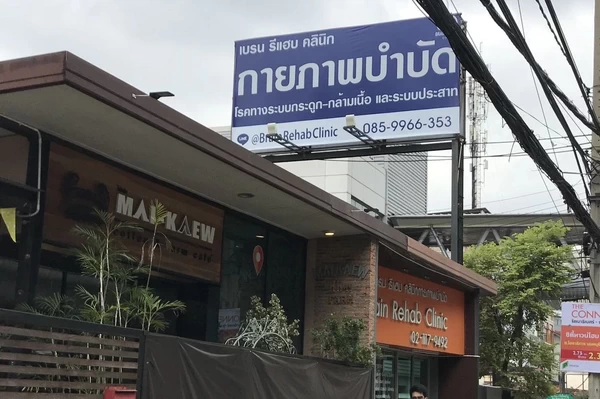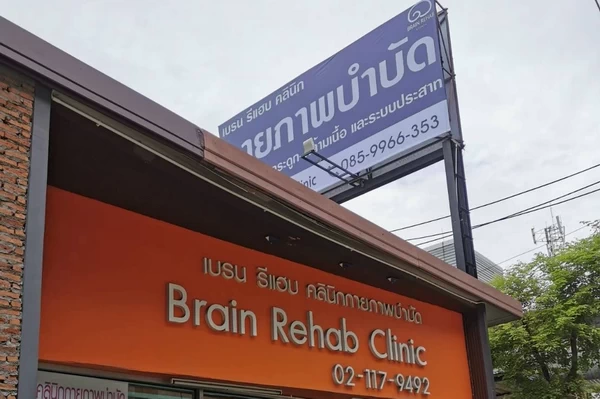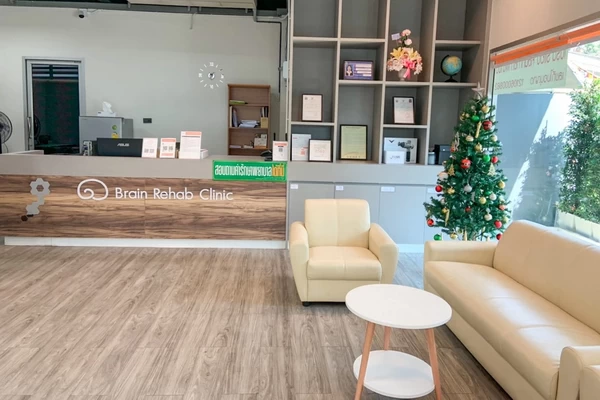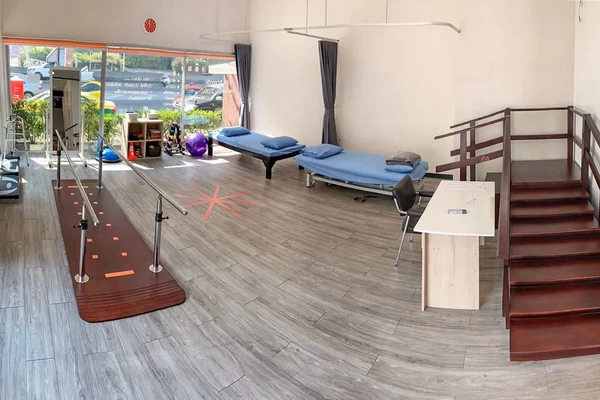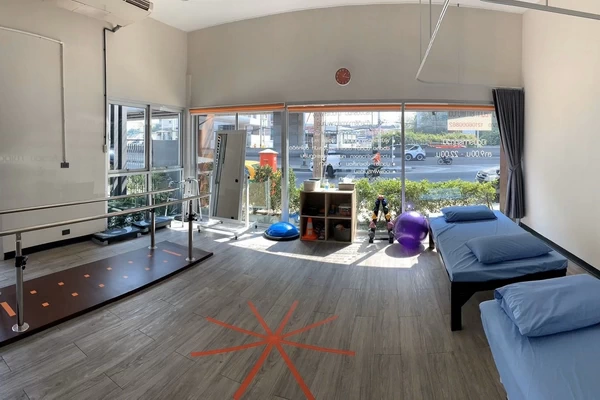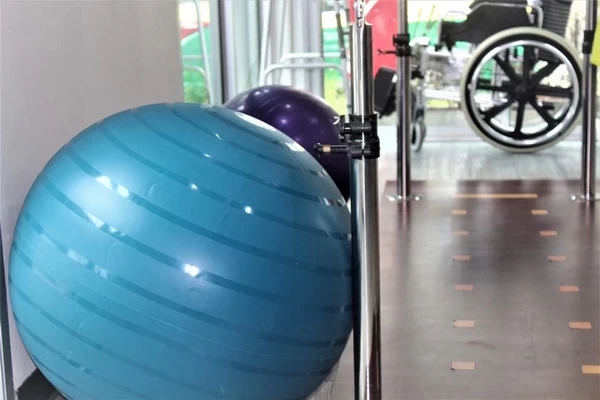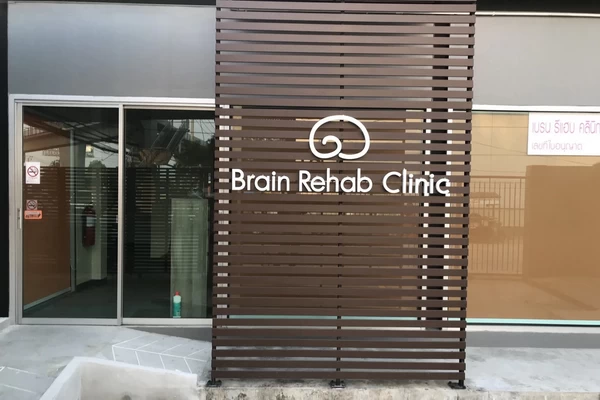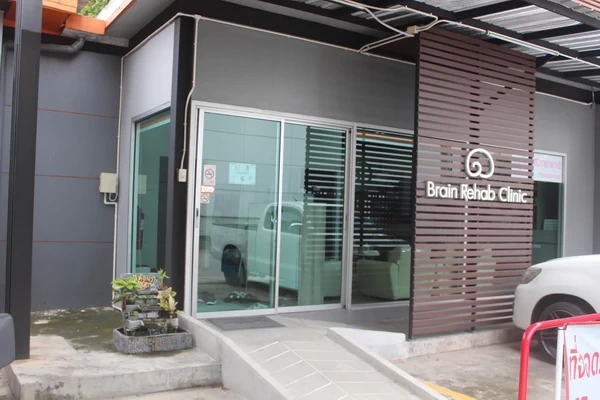Brain Rehab Physio Clinic
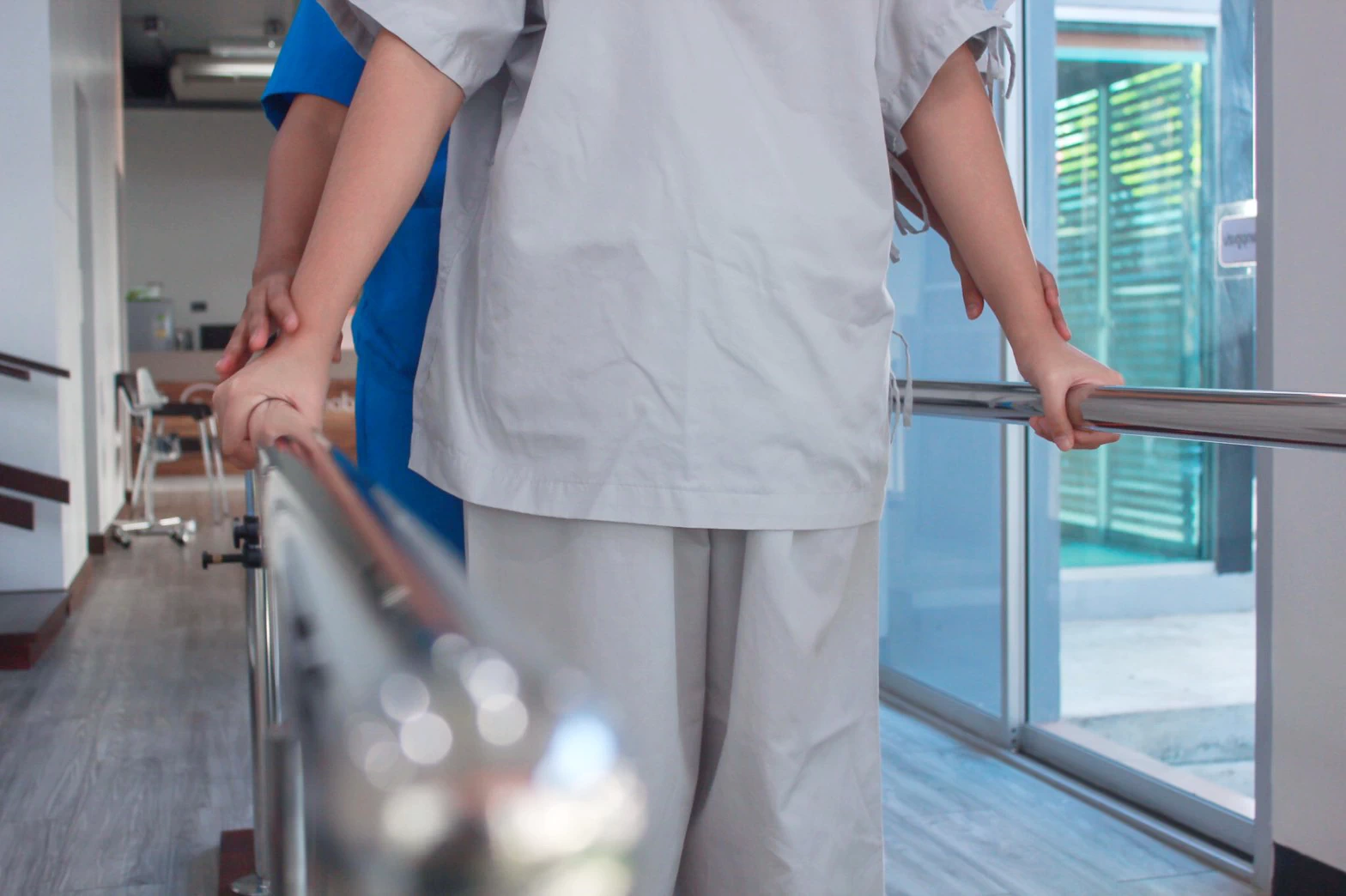
Restore Brain Function
Improve Balance
Regain Better Quality of Life
Stroke Physical Therapy
Blocked/Ruptured/Narrowed Artery
✓ Hemiparesis
✓ Hemiplegia
✓ Muscle Weakness
Stroke Rehabilitation
The Brain and Nervous System
The brain and nervous system are among the most vital systems in the human body. They are responsible for controlling nearly all bodily functions, including movement, sensation, thought, emotion, and the operation of internal organs. The brain serves as the central command center, receiving and processing neural signals and sending responses via the spinal cord to different parts of the body.
The nervous system is divided into two main parts:
-
Central Nervous System (CNS) Consisting of the brain and spinal cord.
-
Peripheral Nervous System (PNS) Made up of nerves that branch out from the brain and spinal cord to reach various areas of the body, such as the arms, legs, and skin.
The nervous system plays several key roles, including:
Read More...
-
Controlling movement: Such as walking, running, sitting, lying down, or driving.
-
Sensing and responding to stimuli: Including sight, hearing, touch, and the perception of pain.
-
Thinking and processing information: The brain is the center of cognition, memory, and decision-making.
-
Regulating emotions and behavior: Including feelings such as anger, joy, love, and more.
-
Controlling vital organ functions: Such as heart rate, breathing, digestion, and more.
When the nervous system is damaged, it can significantly impact daily life. Possible effects include:
- Loss of movement control potentially causing muscle weakness, inability to maintain balance, partial or full paralysis, and difficulty moving certain body parts normally.
- Loss of sensation such as abnormalities in sight, hearing, touch, or the perception of pain.
- Problems with thinking and information analysis leading to reduced abilities in critical thinking, problem-solving, or learning new things.
- Emotional or behavioral issues such as increased irritability or symptoms of depression.
- Problems controlling internal organ functions such as abnormal excretion, difficulty breathing, or irregular blood pressure.
The severity of these symptoms depends on the severity and location of the injury.
Several diseases and conditions can affect the nervous system. Common examples include:
1. Stroke
A stroke occurs when a blood vessel in the brain becomes blocked, bursts, or narrows, leading to insufficient blood flow to the brain or bleeding within the brain. As a result, parts of the brain may become damaged or die, causing symptoms such as muscle weakness (especially in the arms or legs), impaired balance, difficulty using the hands, facial drooping, and slurred speech.
Read More...
2. Traumatic Brain Injury (TBI)
This condition is typically caused by a sudden, forceful impact to the head—often resulting from accidents such as car crashes. It can lead to a range of physical, cognitive, and emotional impairments depending on the severity and location of the injury.
3. Spinal Cord Injury (SCI)
Usually resulting from trauma to the spinal cord, this injury can cause partial or complete loss of movement and sensation below the level of damage. It may also interfere with autonomic functions such as bladder and bowel control.
4. Parkinson’s Disease
A progressive neurodegenerative disorder caused by the deterioration of nerve cells responsible for producing dopamine. This leads to symptoms such as tremors, slowed movement, poor balance, and rigidity.
5. Multiple Sclerosis (MS)
An autoimmune disorder in which the immune system attacks the myelin sheath—the protective covering of nerve fibers. This disrupts nerve signal transmission and may cause muscle weakness, visual disturbances (such as double vision), fatigue, and other neurological symptoms.
Stroke Rehabilitation
Rehabilitation for neurological disorders is a medical process focused on helping patients recover properly and regain the highest possible quality of life. When the brain or nervous system is damaged, proper rehabilitation can help train the remaining functional parts of the nervous system to compensate for the affected areas. The main goals of neurological rehabilitation include:
- Restoring movement abilities like walking, sitting, getting out of bed, and using hands, as well as improving speech and daily living activities.
- Reducing pain complications, or disabilities.
- Promoting better mental health and self-confidence.
- Enhancing overall quality of life.
- Minimizing dependence on others.
Effective Stroke Rehabilitation
-
Early intervention: Rehabilitation should begin as soon as medically possible.
-
Consistency: Effective recovery requires discipline and regular practice.
-
Personalized planning: Rehabilitation should be tailored to each patient’s condition, severity, and physical abilities.
-
Clear goals with ongoing adjustments: Plans should evolve over time to match the patient’s progress.
-
Family involvement: Family members play a vital role in care, encouragement, and participation in therapy.
Successful stroke rehabilitation requires collaboration among multiple professions, including doctors, physical therapists, occupational therapists, speech therapists, nurses, psychologists, and the patient’s family. There are various rehabilitation approaches, depending on the lost abilities, such as:
1. Physical Therapy
- Restores mobility, balance, and the ability to stand or walk.
- Reduces pain and prevents complications such as muscle atrophy or joint stiffness.
- Improves muscle strength, flexibility, and postural stability.
2. Occupational Therapy
- Trains patients to perform daily tasks independently to reduce reliance on others.
- Focuses on fine motor skills such as hand and finger coordination.
3. Speech Therapy
-
Rehabilitates speech, voice, and language comprehension.
-
Provides swallowing therapy for those with dysphagia.
4. Emotional and Psychological Rehabilitation
-
Helps reduce stress, anxiety, or depression.
-
Aims to improve mental health and emotional resilience.
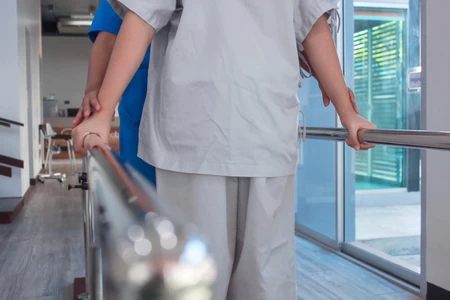
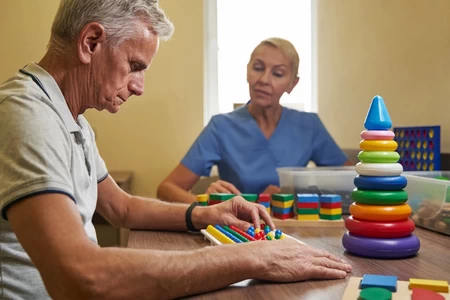
Principles of Stroke Rehabilitation
The rehabilitation of stroke and other neurological disorders is a scientific process with clear methodologies and principles. These key principles include:
1. Neuroplasticity – The Brain’s Ability to Adapt
The brain possesses the remarkable ability to form new connections between nerve cells. Even when some areas are damaged, other parts can learn or compensate for the lost functions, allowing the brain to regain control over bodily functions.
2. Motor Learning and Repetition
Learning or relearning movement skills requires consistent repetition. After nervous system damage, patients must often relearn how to move. Repeated practice helps the brain and muscles remember movement patterns, leading to more efficient and functional outcomes.
3. Individualized Approach
Since each patient’s symptoms, severity, and physical condition vary, rehabilitation must involve personalized assessment and planning. This also includes adapting the plan as the patient progresses.
4. Starting Rehabilitation as Early as Possible
Once the patient’s condition is stable and medically cleared, the “Golden Period” of rehabilitation begins. Research indicates that the brain’s recovery is most significant within the first three months, where noticeable progress can be observed. The rate of recovery gradually slows after six months, but rehabilitation is still possible beyond this period; progress may just be slower.
5. Support from Family
Family and caregivers must be actively involved in the rehabilitation process, providing encouragement and assisting with adapting the patient’s living environment for daily activities.
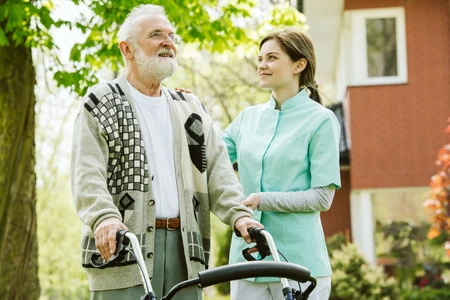
stroke rehabilitation center near me

stroke rehab near me
Physical Therapy
Physical therapy is a crucial component of neurorehabilitation, playing a vital role in restoring movement and enhancing patients’ quality of life. Its key functions include:
1. Restoring Movement
Physical therapists conduct thorough assessments to identify the root causes of movement problems, such as muscle weakness affecting walking, balance issues, weight-bearing problems, or limited joint range of motion. This assessment helps understand the root cause of the problems, allowing for effective treatment planning, including gait training and balance exercises, to help patients walk safely and reduce the risk of falls.
2. Strengthening Muscles
Patients with neurological disorders often experience muscle weakness. Physical therapists design exercise programs to strengthen key muscle groups needed for daily activities, focusing on endurance, flexibility, and functional strength. These programs prioritize strengthening muscles essential for daily living activities.
3. Training Daily Activities
Therapists help patients practice basic daily tasks such as sitting, getting out of bed, transferring to a chair, and turning over—enabling them to regain independence in daily life.
4. Reducing Pain
Physical therapists use manual techniques to relieve muscle tension, and may incorporate physical modalities such as ultrasound or electrical stimulation to reduce pain, muscle spasms, and joint stiffness.
5. Home Exercise Programs
To accelerate recovery, physical therapists design home exercise programs. These exercises stimulate brain and muscle recovery and help prevent complications such as joint stiffness.
If you or someone you love is living with the effects of stroke or another neurological condition, modern medical care, physical therapy, and ongoing rehabilitation can make a significant difference. Starting rehabilitation early—and maintaining it consistently under professional supervision—can help restore lost abilities, prevent complications, and empower patients to live with dignity and the highest quality of life possible.
Because rehabilitation can’t wait…
Contents

Office Syndrome & Pain Management
ออฟฟิศซินโดรมและการยศาสตร์ (Office Syndrome & Ergonomics)
ปวดกล้ามเนื้อเรื้อรัง (Myofascial Pain Syndrome)
กล้ามเนื้อสะโพกหนีบเส้นประสาท (Piriformis Syndrome)
ปวดหลังส่วนล่าง (Low Back Pain)
เอ็นข้อศอกด้านนอกอักเสบ (Tennis Elbow)
ภาวะการกดทับเส้นประสาทข้อมือ (Carpal Tunnel Syndrome)
Thoracic Outlet Syndrome (TOS)
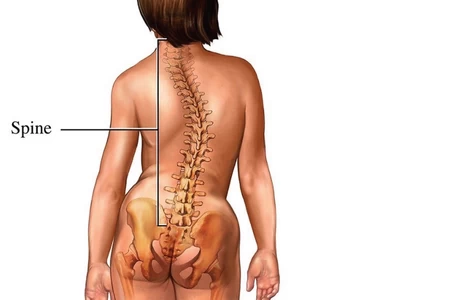
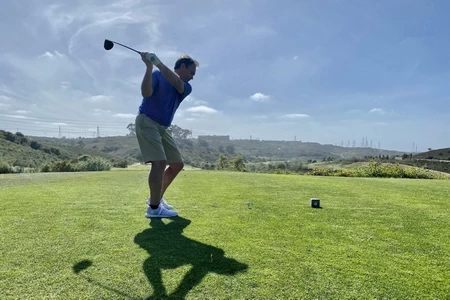
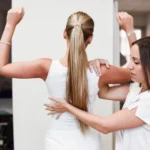
Assessment
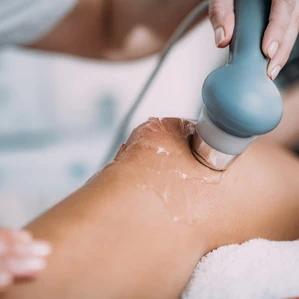
Ultrasound
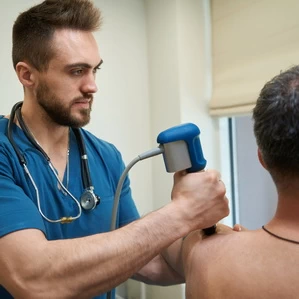
Shockwave

Electrical Stimulation
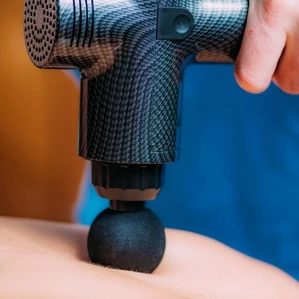
Gun Massage
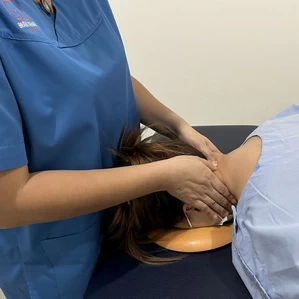
Joint Mobilization
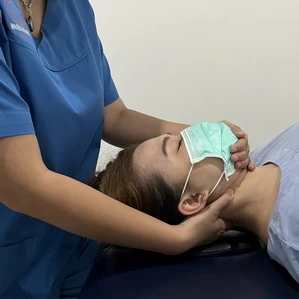
Manual Traction
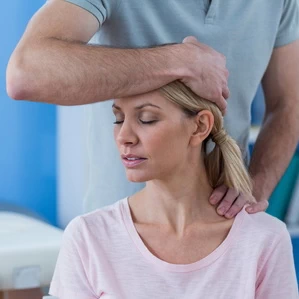
Stretching
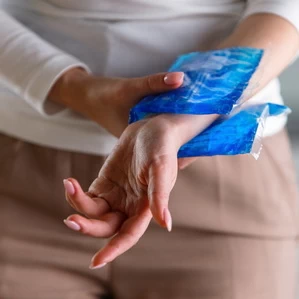
Hot/Cold Compress
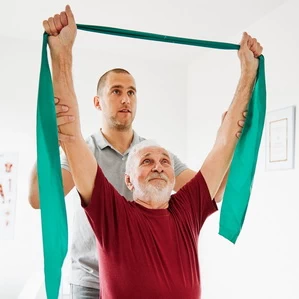
Exercises
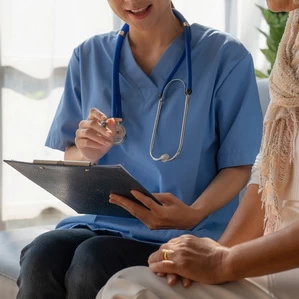
Home Program
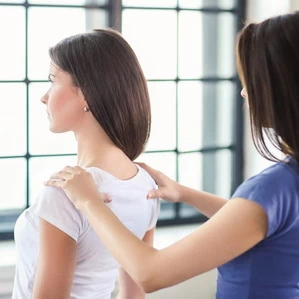
Posture Correction
FAQs
What is Physical Therapy?
Physical therapy is a modern medical practice focused on treatment, promotion, prevention, and holistic rehabilitation to improve the quality of life for patients. It helps alleviate pain, enhance movement efficiency, and restore physical function from injuries or diseases, without the need for medication and avoiding surgery. The treatment process is divided into three main steps:
Manual Techniques: These include hands-on techniques that are continuously trained and practiced, such as joint mobilization to increase flexibility, manipulation to align joints, and stretching to release muscle tension.
Modalities: The use of therapeutic equipment to reduce pain and strengthen muscles, such as shockwave therapy, ultrasound, and electrical stimulation.
Exercises: Once pain is reduced, exercise is incorporated to improve flexibility and muscle strength, as well as prevent re-injury. In the case of stroke patients, exercise focuses on specific areas to restore body function, such as training core muscles and lower body muscles for those with walking difficulties.
Physical therapy enables you to move confidently, reduce pain, and enhance your overall quality of life.
Why Brain Rehab Clinic?
Patients can contact us 24/7 via WhatsApp, Line or Phone regarding their issues. Besides, we provide continuous follow up on symptoms, treatment progress, as well as giving advices on basic self-care until the next appointment.
Additionally, both our Asoke and Nonthaburi branches offer free parking and are conveniently located near sky train (BTS) or subway (MRT) stations.
What is the difference?
Our physiotherapists have more than 10 years of work experience. We assure that patients will receive the best and safest treatment.
Do you have 8-step treatment?
No, we choose the right treatment methods for each patient’s condition, such as electrical stimulation is not suitable for every case, so we take time to focus on the right treatment that works best.
So what is the treatment method?
1. Comprehensive Physical Examination With the experience of our physiotherapists, each with over 10 years of experience, you can be confident that you will receive an accurate assessment to identify the root cause of your symptoms. This initial step is crucial for effective and targeted physiotherapy.
Pain in the same area may have different causes in different individuals. Our team’s expertise allows for a tailored treatment plan based on your specific condition, promoting faster and long-lasting recovery.
If the patient’s symptoms are severe, suspicious, or caused by an accident, we will recommend consulting a doctor for additional tests, such as X-rays, CT scans, or MRIs, to obtain more detailed insights. On the other hand, if diagnostic imaging results are already available, they can be used to enhance the effectiveness of physiotherapy. In some cases, our physiotherapists will collaborate with doctors to plan treatment approach and work closely with fitness trainers to design personalized exercise programs, so the patient can regain movement with confidence and live a higher quality of life.
2. Manual Therapy Our clinic’s physiotherapists are experts in Manual Therapy (hands-on therapy), which is a key technique for relieving inflammation in Trigger Points, often a primary cause of chronic pain. Treatment includes several techniques such as muscle stretching to improve flexibility and reduce tightness, joint and soft tissue mobilization to increase the range of motion, and manual traction (neck and back) to reduce pressure on nerves. These techniques are considered the main approach to physiotherapy in the United States and are widely recognized worldwide for their effectiveness.
3. Modalities Our clinic also incorporate advanced physical therapy equipments such as Shockwave Therapy, Ultrasound, and Electrical Stimulation as part of the treatment process to assist with muscle relaxation, reduce inflammation, and strengthen muscles.
Physiotherapists will select the appropriate modalities based on your condition. For example, patients with degenerative bone conditions should avoid using Shockwave Therapy in the affected area for safety reasons.
4. Therapeutic Exercises are another primary treatment approach in physiotherapy in the United States. These exercises help strengthen muscles to maintain balance on both sides, increase flexibility, enhance the range of motion, and prevent the recurrence of injuries.
Additionally, we focus on improving posture during daily activities (Posture Correction) including sitting, standing, lying down, and walking, following ergonomic principles to minimize the risk of future injuries.
5. Education and Ongoing Monitoring We focus on helping patients understand their condition or health issue so they can take appropriate actions and avoid risk factors. Moreover, we continuously monitor treatment progress, provide guidance, and ensure that patients regain confidence in returning to normal daily life.
For those looking for a “physiotherapy clinic near me”, it is important to ask about the treatment approach to ensure it suits your condition and characteristics. It is also essential to choose a clinic with experienced physiotherapists who are highly skilled at accurately diagnosing the problem to deliver the best possible treatment for quick, safe, and long-term recovery without relapse. You can consult with us regarding your symptoms via Phone, WhatsApp or LINE OA.
The pain will eventually go away because the body can heal itself. Right?
The human body has the ability to heal itself, but we need to move or use it constantly, the self-healing process becomes much more difficult.
If pain does not improve within 2-3 days, we do recommend you to attend physiotherapy sessions, helping you speed up recover, reduce pain from the injuries, and prevent the condition from becoming chronic.
How many visits and frequency should I attend physiotherapy sessions?
Depending on the symptoms, for example, a ligament sprain typically takes longer to heal than a muscle strain. For a herniated nucleus pulposus (HNP), physiotherapy primarily provides supportive care and pain relief, depending on the stage of the condition.
Patients should attend physiotherapy sessions at least 1-2 times a week to ensure consistent treatment and a faster recovery.
Although each person’s pain tolerance level may vary, seeking treatment as soon as symptoms appear can speed up recovery and prevent the condition from becoming chronic.
My condition is getting better. Can I stop physiotherapy treatment?
Physical therapy treatment requires a continuation of treatment to ensure full recovery and prevent the recurrence of symptoms. The electrical waves used in the treatment are only effective for a certain period of time. If the patient stops treatment prematurely, it is like taking medicine incompletely, which increases the chance of the condition returning or becoming chronic.
According to clinic statistics, patients who fully complete their treatment do not experience a recurrence at the same spot within 6 months. However, this also depends on the patient’s behavioral adjustments.
What is the difference between regular exercises and exercises by physiotherapists?
Physical therapy exercises is different from regular exercise because we focus on strengthening the muscles in the affected areas and design exercises that are suitable for each individual’s body condition and health issues. This helps strengthen weak muscles and prevents re-injury at the same spot.
In addition to the treatment, as if you had a personal trainer, designing individualized exercise routines for each session, tailored to the muscle condition at that time.
What conditions can't be treated by physiotherapy?
Contact us
085-9966-353Business Hours
Saturday - Sunday: 09.30 - 18.30 hrs.
Location
Parking
Business Hours
Saturday - Sunday: 09.30 - 18.30 hrs.
